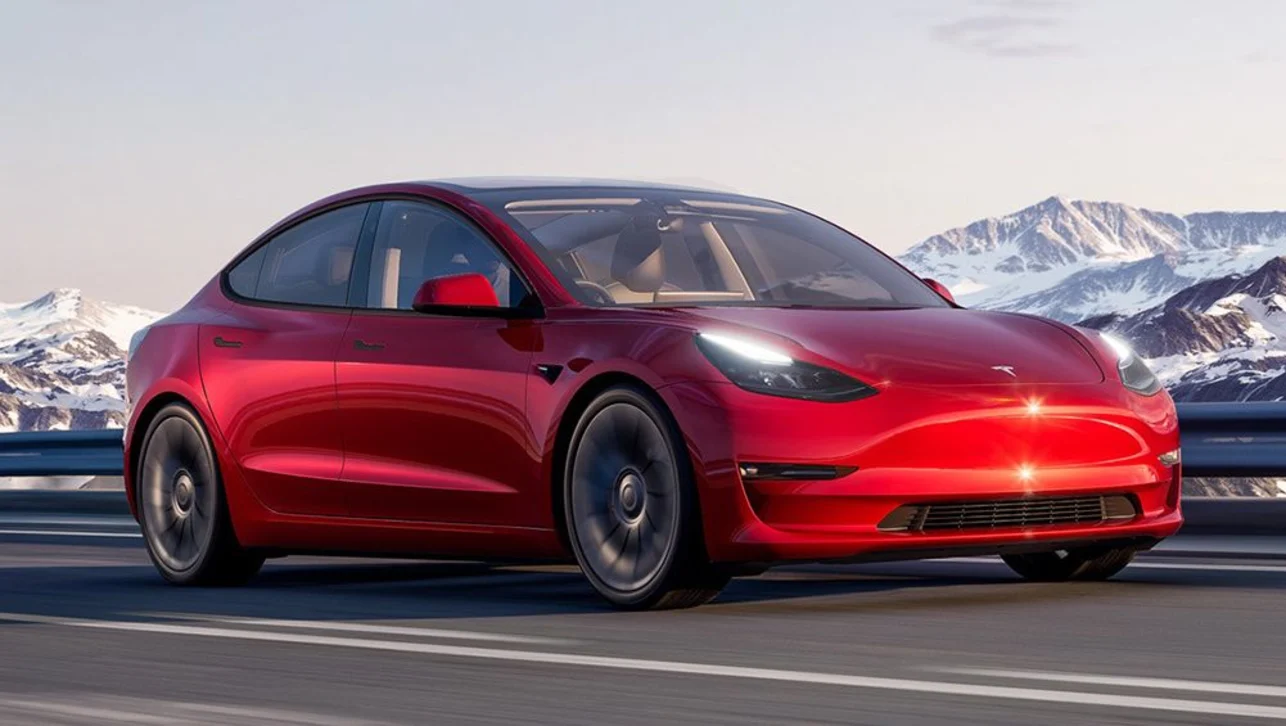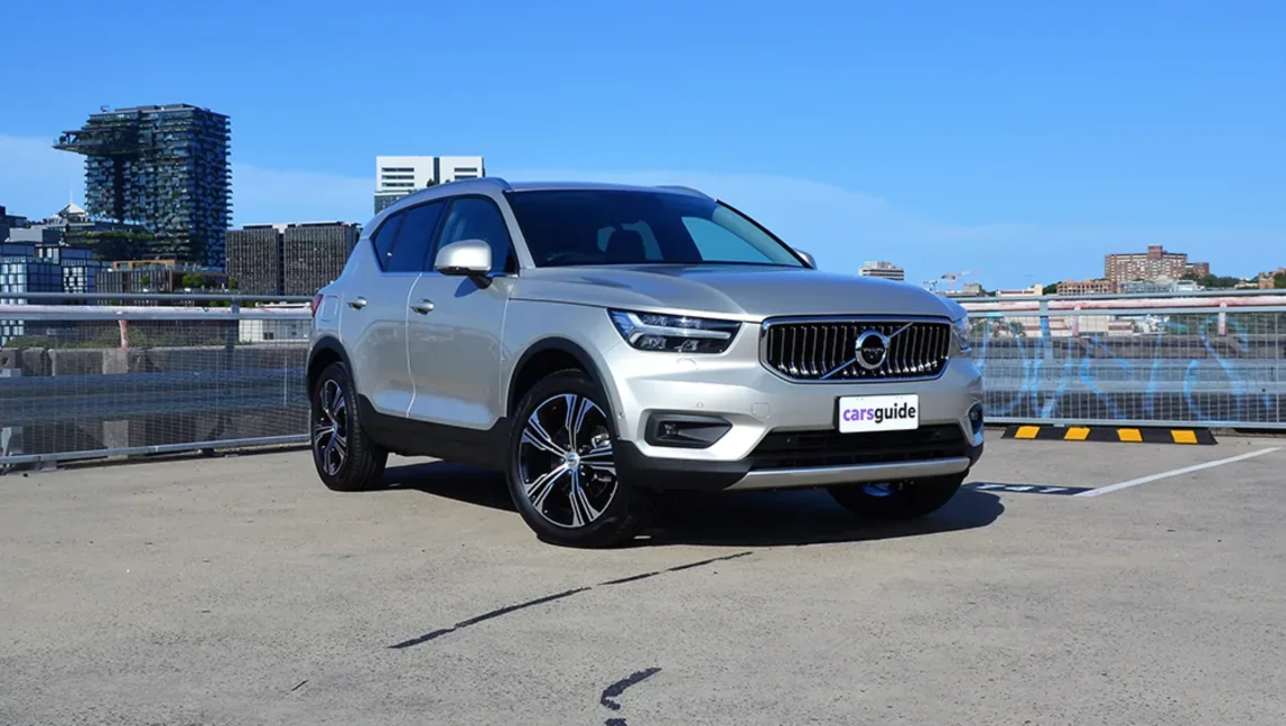Bought an MG? There’s a fair chance you may have thought you were buying something as British as black pudding, but while regular CarsGuide readers are aware that MG has been a fully owned subsidiary of the Chinese auto giant Shanghai Automotive Industry Corporation (SAIC) since 2009 -and all MGs sold globally have been built in China since 2016 - most punters would just see that quintessentially British badge on the front and assume that the country of origin corresponds.
But things aren’t that simple. The most popular Ford sold in this country isn’t made in the USA, but rather Thailand. BMW and Volkswagen build many of their volume-sellers in South Africa. Hyundai makes cars in Turkey. The bulk of Mercedes-Benz SUVs hail from the USA. So on and so forth, global sourcing is the norm now.
Yet when it comes to cars of Chinese origin, there’s still a certain section of the public that turns up their nose – sometimes for political reasons, sometimes for preconceived notions about quality. However, while brands like Haval, Great Wall Motors, Chery and BYD wear their Chinese-ness on their sleeves, there are plenty of other Chinese-made cars on sale in Australia that most would never pick as being from the Middle Kingdom.
Volkswagen Polo Classic
.jpg)
Okay, this one exited the market over a decade and a half ago, but it’s important for historical context: the VW Polo Classic was the first Chinese-built car to be sold in Australia in volume, launching into our market way back in 2004.
It didn’t last long. Being a B-segment light sedan (rather than the far more popular hatch body style), the Polo Classic was hamstrung from the beginning, and being only initially available as a manual didn’t help either. An automatic option would arrive for the next model year, but that would also be the last year the Polo Classic would spend in Australian showrooms.
Was the country not yet ready for Chinese-made cars? No, the fact that the Classic had perhaps the least desirable vehicular configuration at the time – a manual-only compact sedan – arguably had a lot more to do with its short lifespan. Volkswagen Australia didn’t bother with a booted Polo after that one.
Tesla Model 3

The Tesla Model Y was recently crowned the ‘Most American-made Car’ by US website Cars.com, but the Model 3 – at least the one Aussies are able to buy – is anything but.
In Australia, the full Model 3 range comes to us from Tesla’s ‘Giga Shanghai’ facility, which has begun assembling the Model Y SUV for us as well. Giga Shanghai also takes care of China’s voracious domestic appetite for Teslas, with the American brand continuing to enjoy considerable prestige (and sales) among mainland Chinese consumers.
Why do we get Model 3s and Model Ys from China instead of the US? It probably has something to do with American demand maxing out the company’s domestic assembly lines, and with supply lines between China and Australia being closer and more friction-free, the economics of Chinese sourcing likely makes more sense.
But the Model 3 isn’t the only slice of Silicon Valley that comes to us by way of China – the iPhone you’re probably reading the article on was made in a Chinese factory by Chinese workers too. If you want high tech without a high cost, China has an edge.
Polestar 2
.jpg)
We could forgive most for thinking that Polestar - with its links to parent company Volvo and with its headquarters, engineering and design offices all being located in Sweden - builds its cars in Europe, but the company actually manufactures all its vehicles in two Chinese factories.
That means the Polestar 2 that we receive here, with its reassuringly solid build quality and technology-packed interior, does a remarkable job of hiding its Asian origins. If you’ve got any experience with Volvos of the past ten years, the overall feel, fit and finish of the Polestar 2 should be indistinguishable. The aura of Scandinavian sophistication hangs heavy over the Polestar 2, regardless of where it comes from.
China has a huge uptake of electric vehicles and is the single largest emerging consumer market on the planet, so it’s not surprising that Polestar chose to locate its production entirely within that country while still holding on to its Swedish identity. Look deeper into its corporate ownership and you’ll find that Polestar’s parent Volvo is in turn owned by Chinese automaker Geely, while China’s massive demand of EVs also means that its internal supply chains are already well set up for companies building battery-powered vehicles
BMW iX3

Sensing a bit of a theme? Like we said, China has both the industrial base to sustain the production of electric vehicles AND a population that has a high demand for them, so building EVs within that country makes good business sense. BMW certainly sees it that way, with its electrified X3, the iX3, being sourced from China for the Australian market.
The fruits of that sourcing decision largely boils down to a price advantage. The BMW iX3 retails at $114,900, which is nearly $10k under the rival Mercedes-Benz EQC 400 and $25k less than the most affordable variant of Audi's e-tron, making the iX3 the most affordable pure-electric mid-size premium SUV on the market at the moment. Interestingly, the X3 in general has one of the largest production footprints around - right now, depending on which variant or powertrain you want, your X3 will either come from China (iX3), the USA (M40i, 30e PHEV, and X3 M) or South Africa (everything else).
Volvo XC60

In 2019, Australia-bound Volvo XC60s stopped being built in Sweden and instead started coming from Chengdu, China. We bet you didn’t notice, because inside and out the Chinese-built XC60s are virtually indistinguishable from their made-in-Sweden predecessors.
As mentioned before, Volvo is owned by Chinese company Geely, with its Chinese manufacturing operations being operated as a joint-venture between the two companies up until last year, when Volvo took over Geely's stake and now fully owns its Chinese facilities. That said, Volvo – unlike Polestar – hasn’t switched over to Chinese sourcing for its entire product portfolio, as the company still makes the S90/V90 and XC90 range in Sweden, the S60/V60 in the United States and the C40 and XC40 Recharge in Belgium.
Volvo XC40

While the plug-in hybrid XC40 Recharge speaks with a Flemish accent, these days the rest of the XC40 range has Mandarin as its native tongue.
Like the XC60, it wasn’t always that way. At its launch back in 2018 all XC40 variants sold in Australia were built in Volvo’s Ghent plant in Belgium, however a change in sourcing in May 2020 saw that switch over to China for everything bar the plug-in Recharge – which given its niche status, arguably doesn’t make enough economic sense to build in more than one facility globally.
Does the consumer mind? Arguably not. At this point in time the XC40 is Volvo Australia’s most popular vehicle, with the XC60 running second. Clearly, getting cars from China isn’t something that the vast bulk of Volvo customers seem to mind.



.jpg)

.jpg)

.jpg)
.jpg)

.jpg)
.jpg)
.jpg)

-1001x565-1.jpg)

.jpg)
.jpg)
.jpg)
.jpg)
.jpg)
.jpg)
.jpg)
.jpg)
.jpg)
.jpg)




Comments